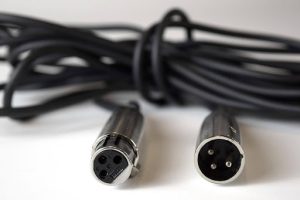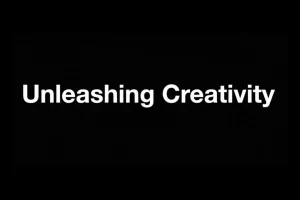What Is an Anxious Attachment Style?

Attachment theory is a psychological theory used to describe how adults connect in romantic relationships. There are four different types of attachment styles: secure, avoidant, anxious, and disorganized. Attachment styles are often defined in childhood by the relationship that children have with their primary caretaker, but the styles can affect how people connect in their adult life and in their romantic relationships. Here are nine things that you should know about anxious attachment style:
Table of Contents
1. It’s an insecure attachment style
Anxious, avoidant, and disorganized attachments are all considered insecure attachment styles. They can make it difficult to maintain healthy relationships since people with insecure attachments need extra validation from their partners and look to relationships as a source of self-confidence or self-esteem.
2. It develops in childhood
Anxious attachment style often develops in response to being abandoned as a child or living with the persistent fear of being abandoned. This insecurity as a child can lead to adult behaviors such as excessive clinginess, doing anything to please a partner, and trying to control a partner so that they do not leave. It can also cause lots of internal insecurity, which can lead to low self-esteem, people-pleasing behavior, anxiety, and emotional outbursts.
3. It persists into adulthood
Insecure attachment styles (like anxious attachment) can follow people into adulthood and dictate how they behave in friendships, with family members, and with romantic partners. They can also develop later on in life as a result of relationship trauma such as betrayal or cheating by a significant other.
4. Signs of anxious attachment in yourself
Attachment styles are often not openly discussed outside of a therapist’s office or a psychology classroom, so you may be wondering what it looks like in real life and whether or not you have an anxious attachment style. Here are some signs:
- Feel insecure about the status of your relationship
- Question whether your partner really likes you
- Expect your partner to leave you at any given moment
- Obsess over/read into insignificant things in the relationship
It’s also possible to have healthy relationships even if you are anxiously attached, which can make it difficult to identify.
5. Signs of anxious attachment in a partner
If your partner has an anxious attachment style, they will likely show the signs above, but they may also:
- Try to control your actions
- Feel jealousy over your platonic relationships
- Look to you for validation and self-confidence
- Have emotional outbursts or become defensive and lash out
Ultimately, they have trouble communicating how they feel, which can manifest into troubling behavior.
6. It can work in relationships
Though anxious attachment is an insecure form of attachment, it’s still possible to make it work in a relationship. People with anxious attachment styles usually have successful relationships with those who have a secure attachment style, or those who are also anxiously attached (since they are able to totally understand each other).
7. It can turn into codependency
Though anxious attachment styles can work in some relationships, that is not always the case. A partner with an anxious attachment style can often put an undue burden on their partner because of the insecurity they feel.
An anxious attachment style can also lead to codependency in a relationship if they are paired with a partner that takes advantage of the people-pleasing tendency associated with it. People with anxious attachment styles will often bend over backward to make their partner happy or to avoid conflict, which can lead to an unhealthy relationship dynamic.
8. It can be possible to develop a more secure attachment
Even though attachment styles are formed in childhood, it’s still possible to develop a more secure attachment style through therapy, hard work, and communication. This typically involves addressing childhood trauma (or in some cases past relationship trauma) that caused the insecure attachment in the first place. It also includes working on feelings of self-worth and self-confidence. You can also work with your partner to improve your communication so that they understand your wants and needs, helping you feel more secure in the relationship.
9. How to talk about anxious attachment with a partner
If you feel as if you or your partner have an anxious attachment, it can be difficult to bring it up. Identifying anxious attachment in yourself can lead you to feel even more insecure, while identifying it in a partner may be perceived as a criticism that can make the relationship anxiety worse. Having an honest conversation about attachment, the different styles, and the attachment styles of you and your partner can help you navigate your relationship in a healthy and open way.
Addressing attachment issues in your relationship isn’t easy, but it’s necessary! It helps ensure that you and your partner are on the same page and able to secure a healthy environment for the relationship to thrive.








